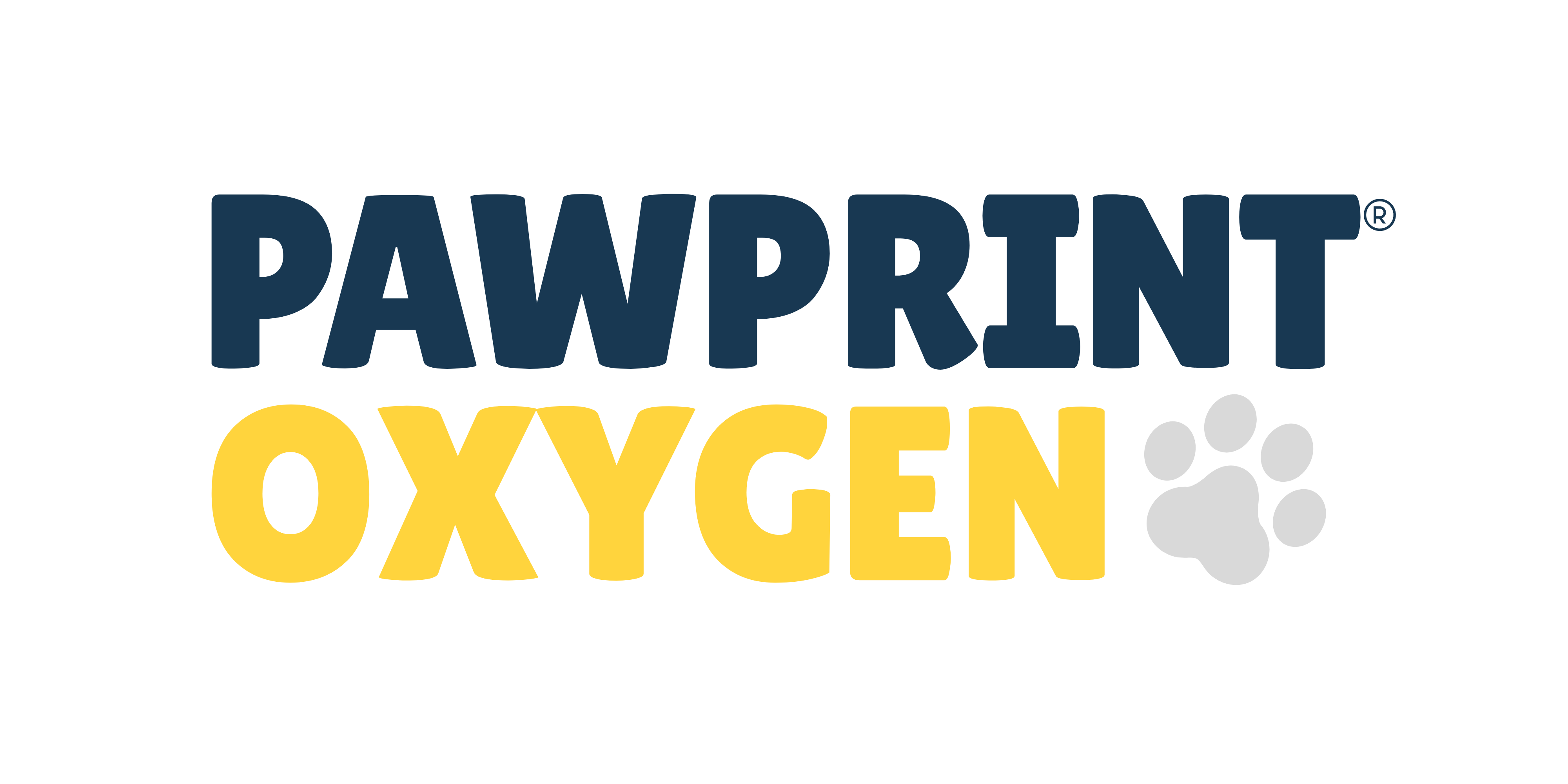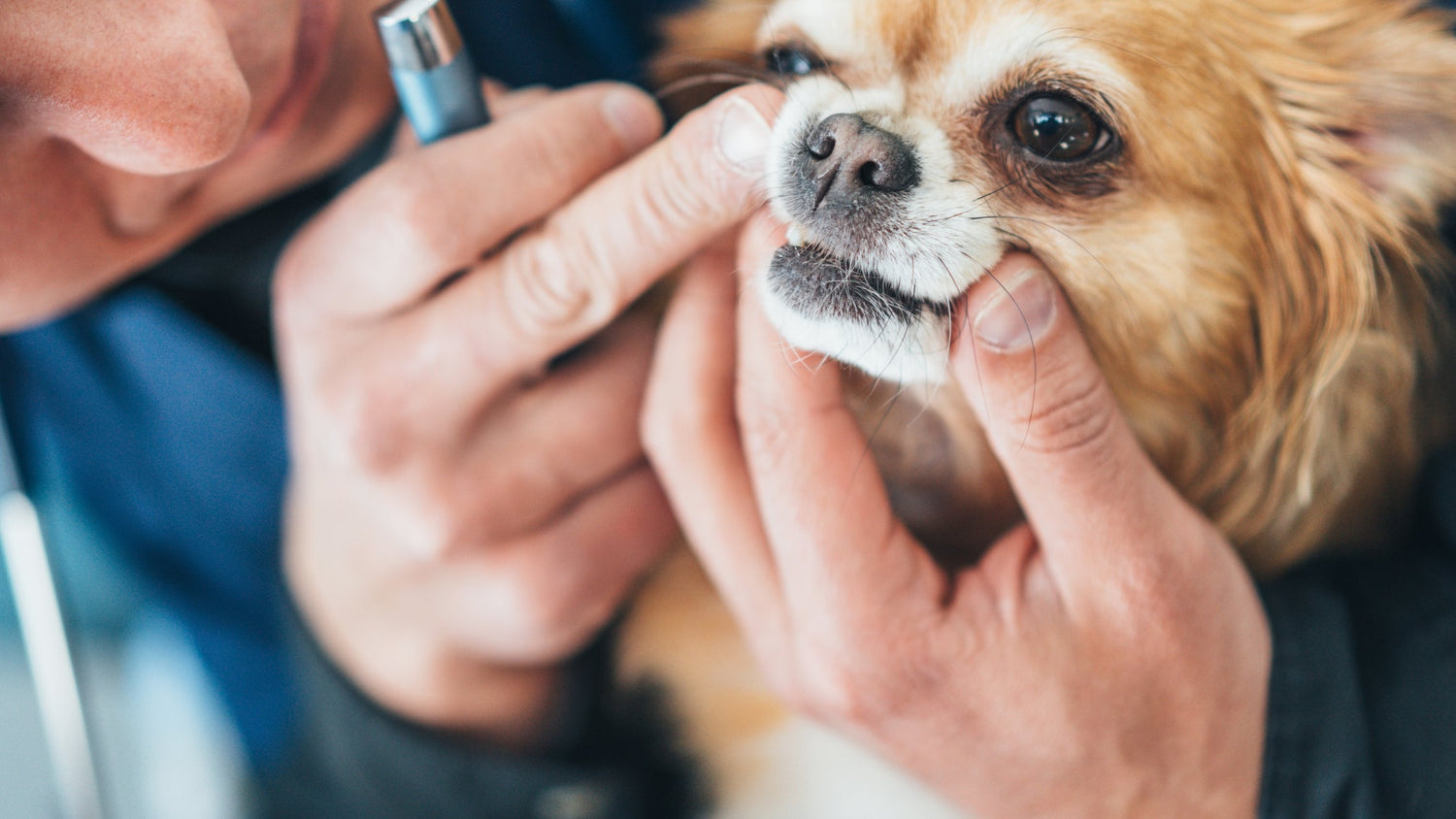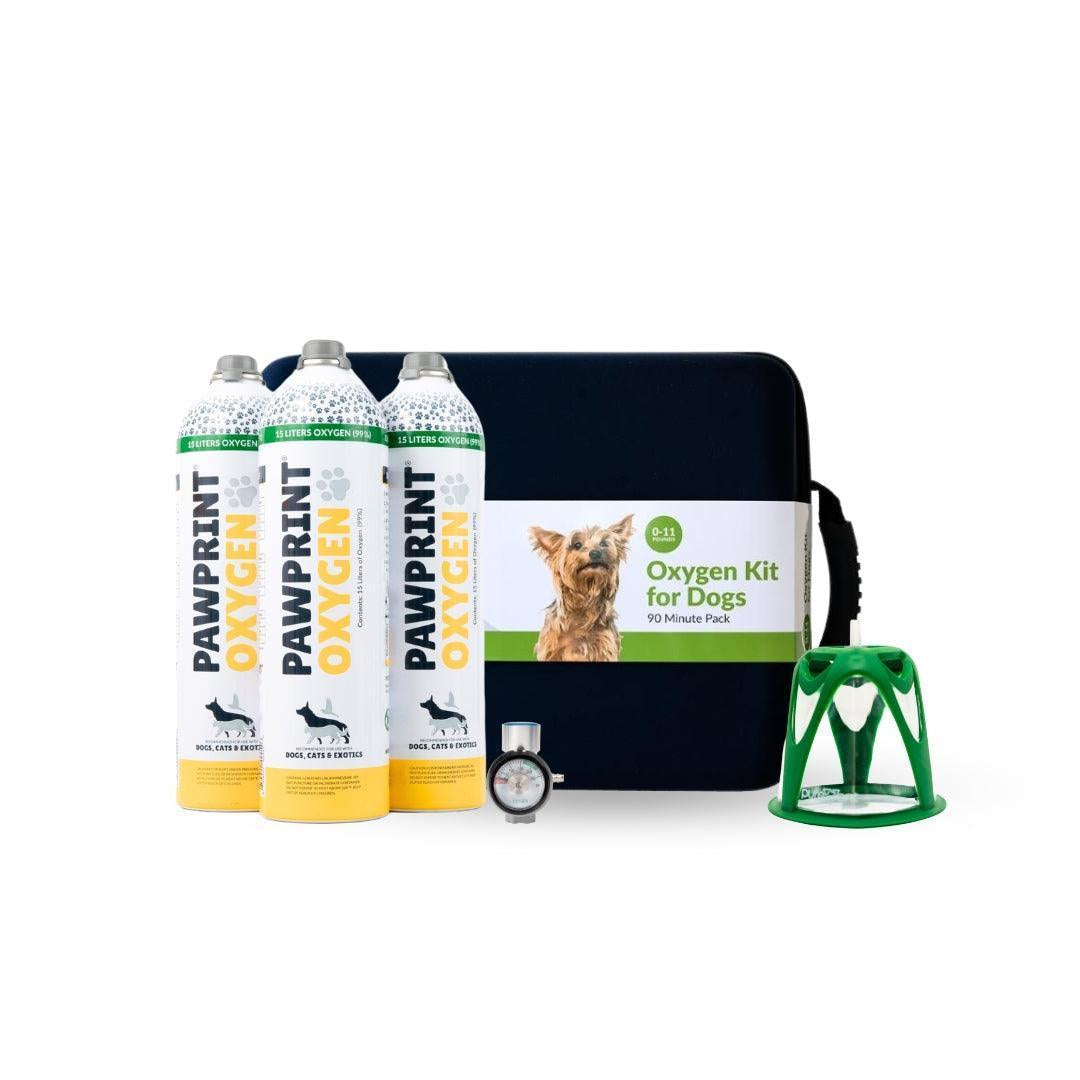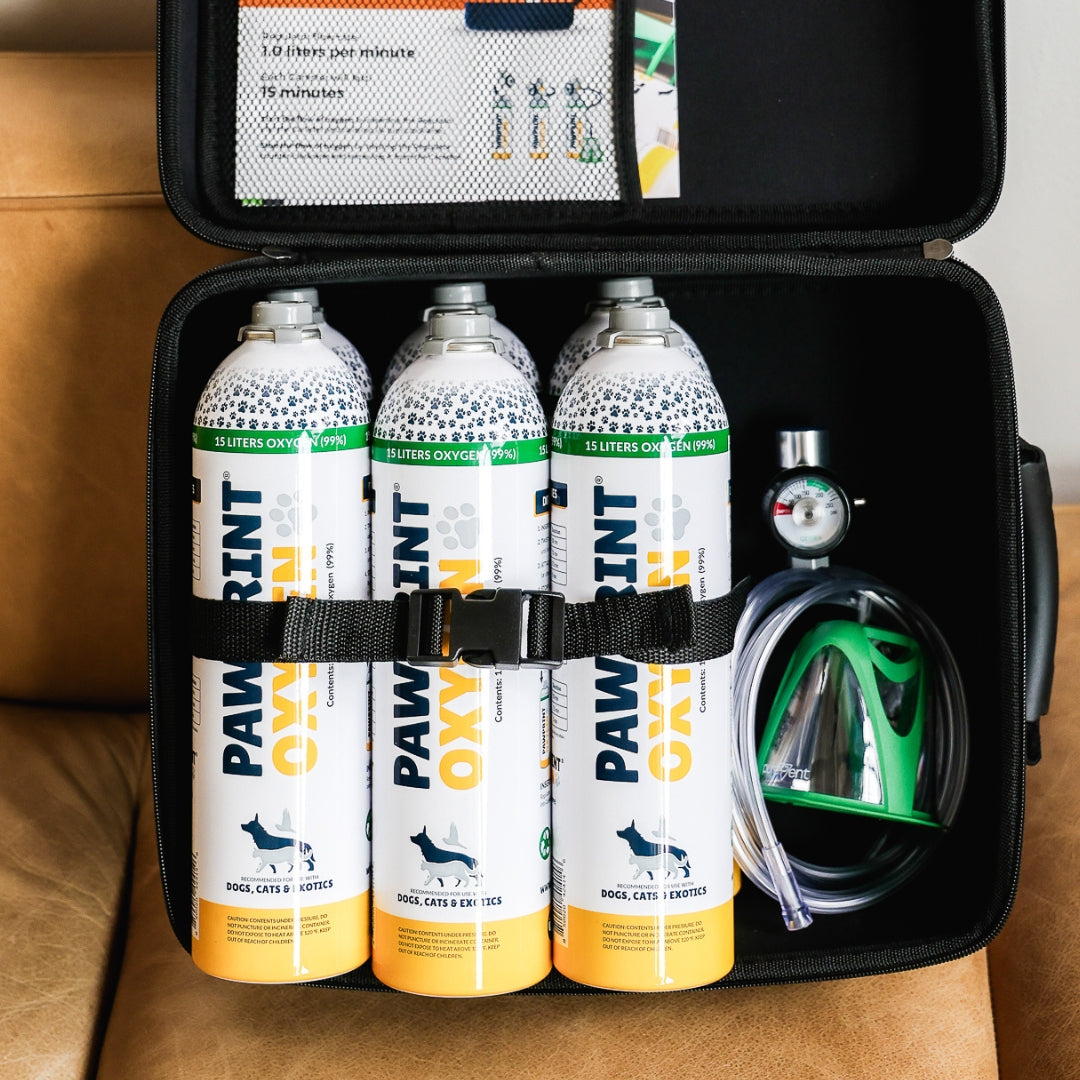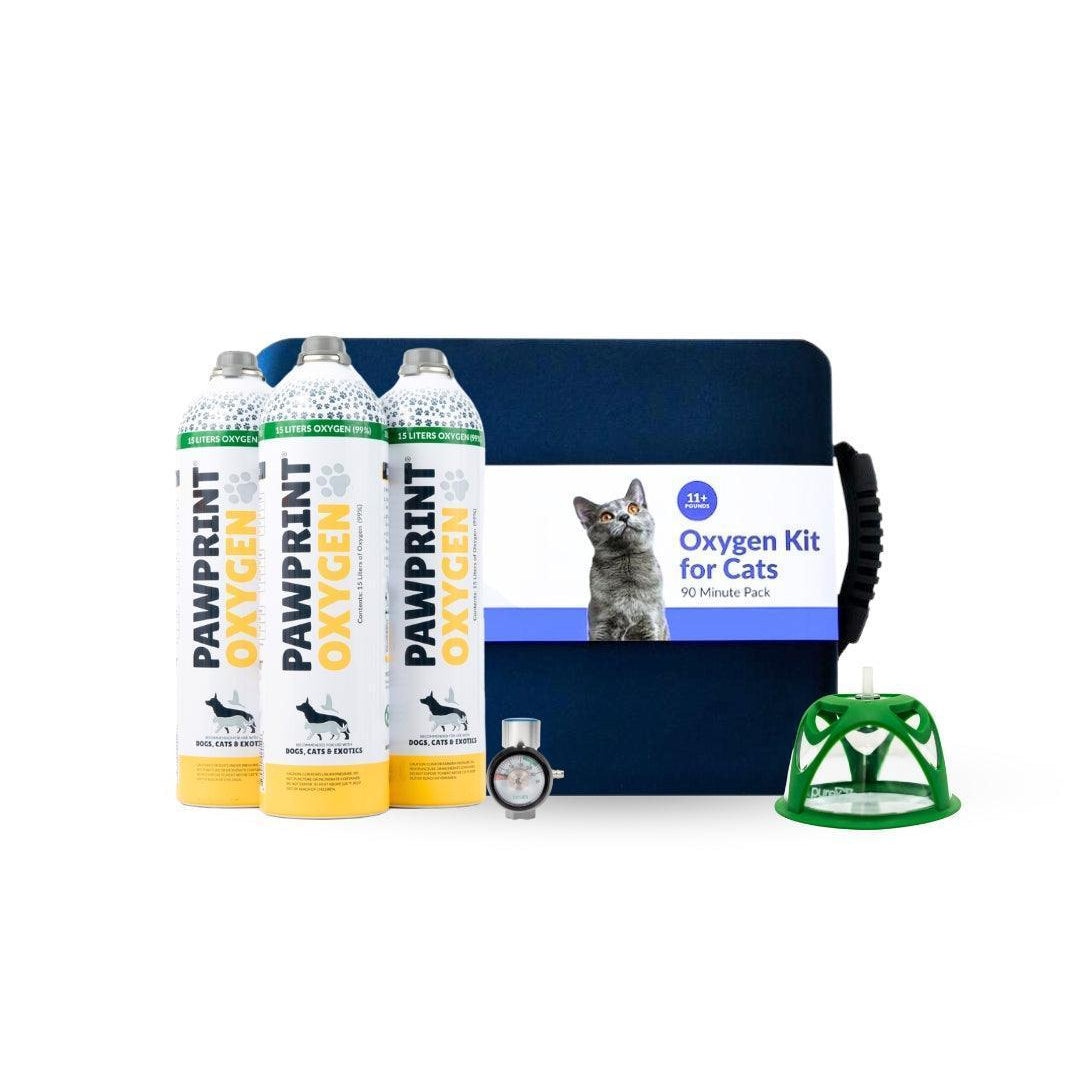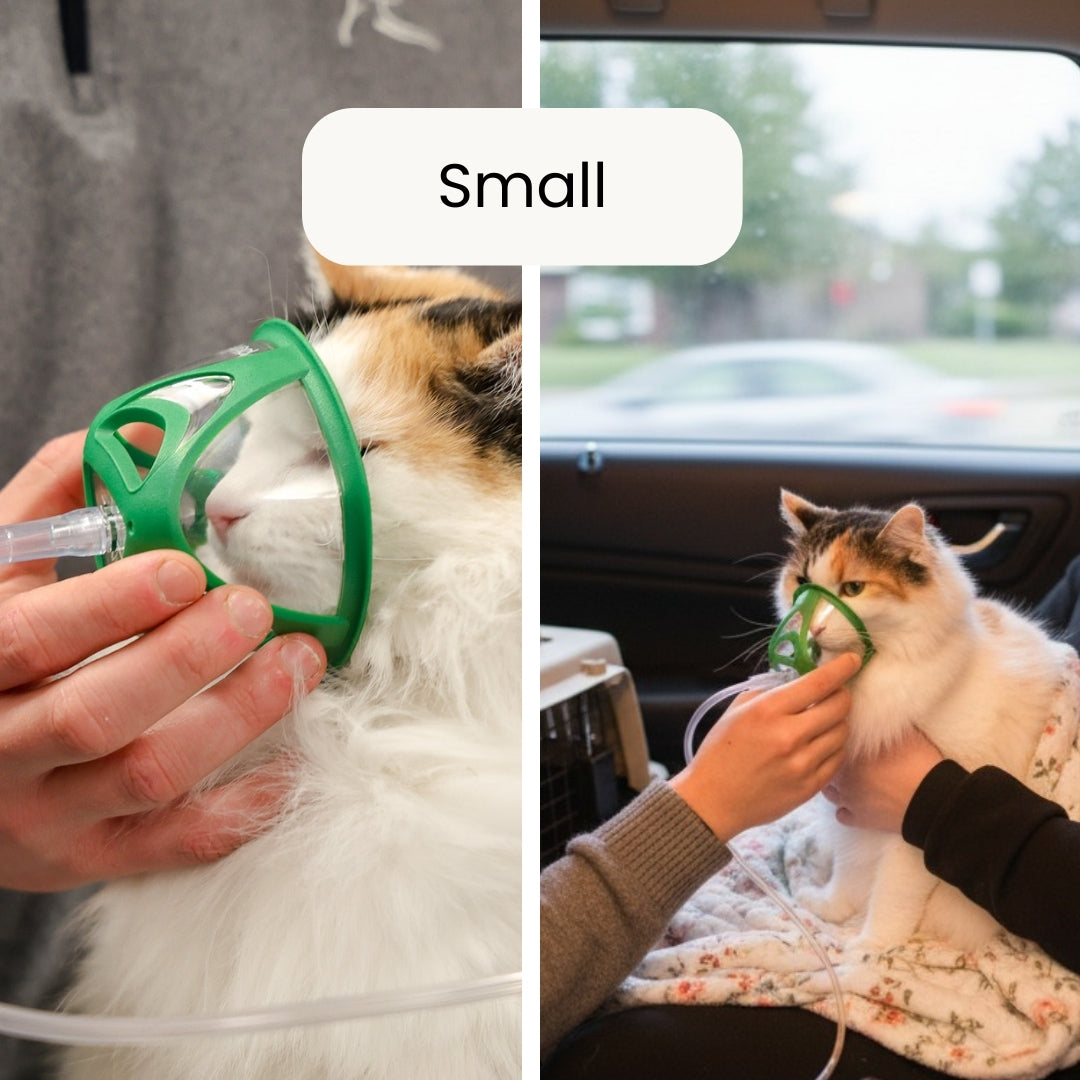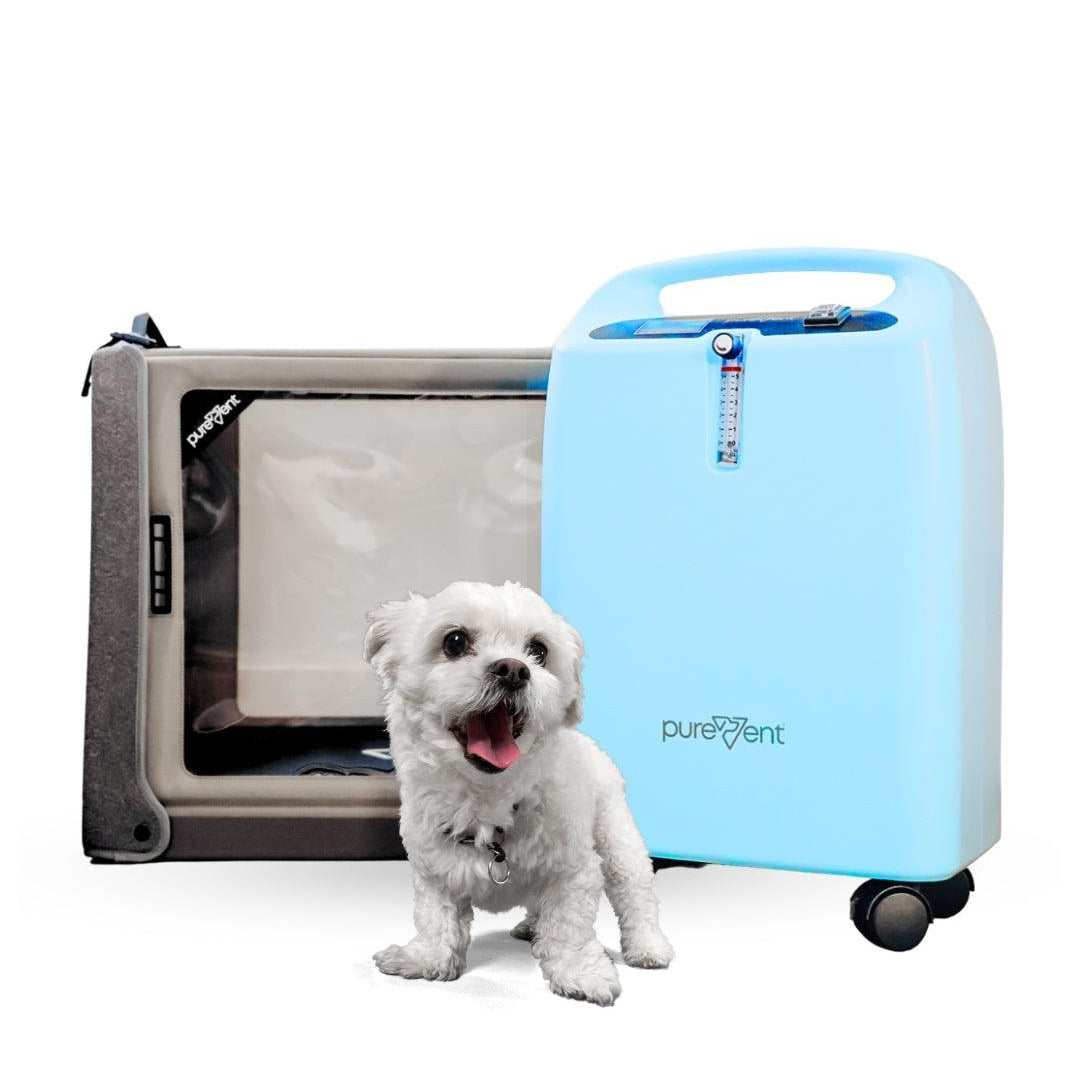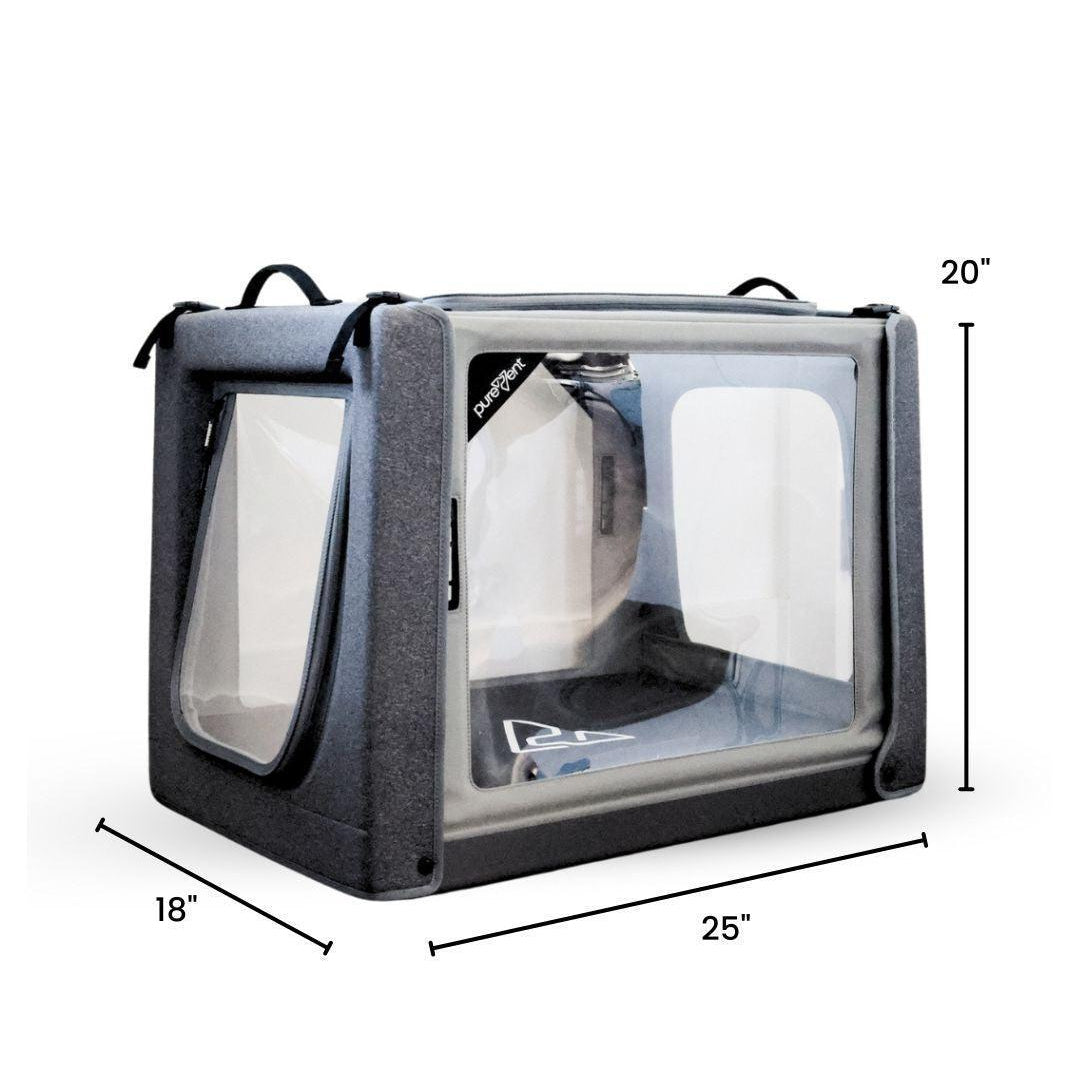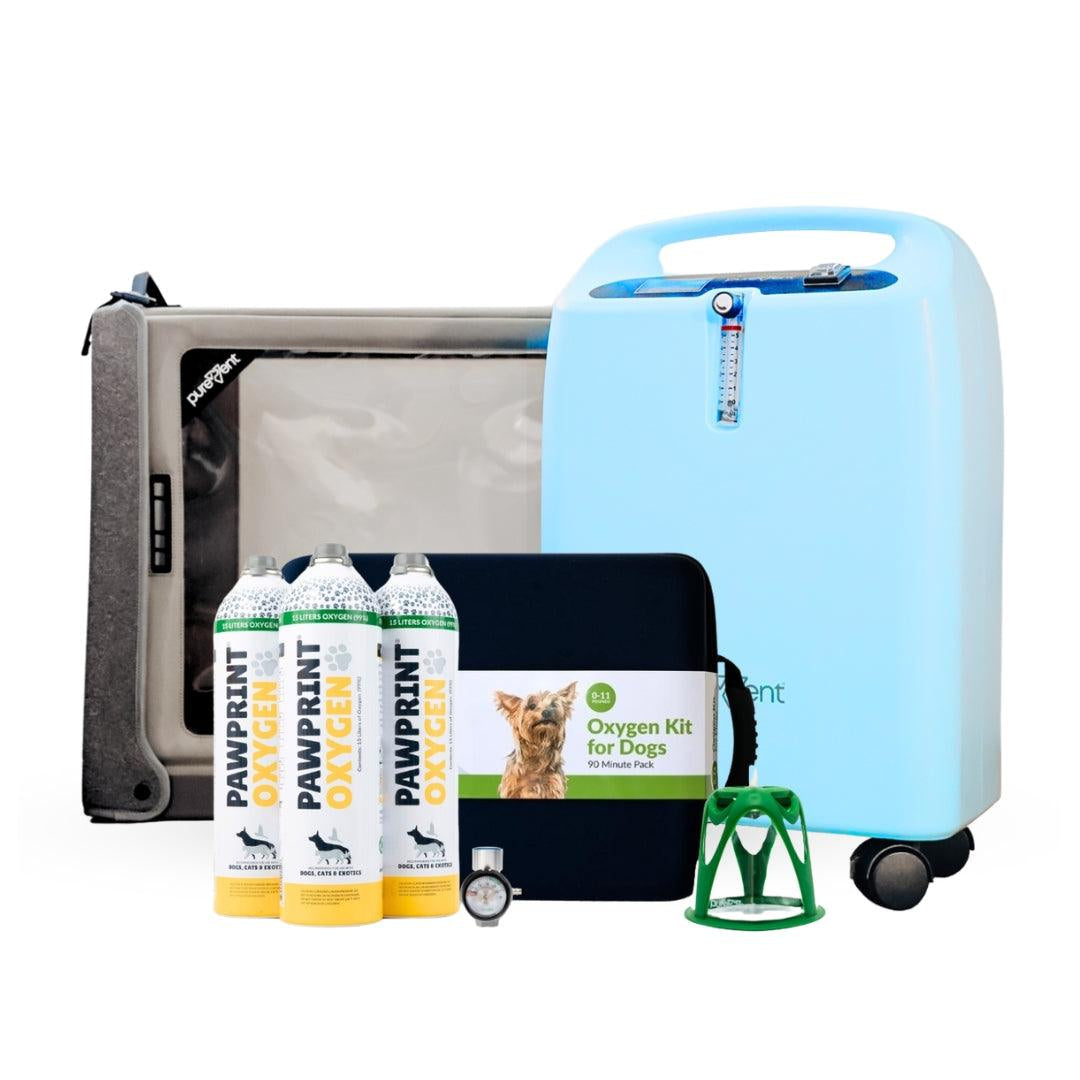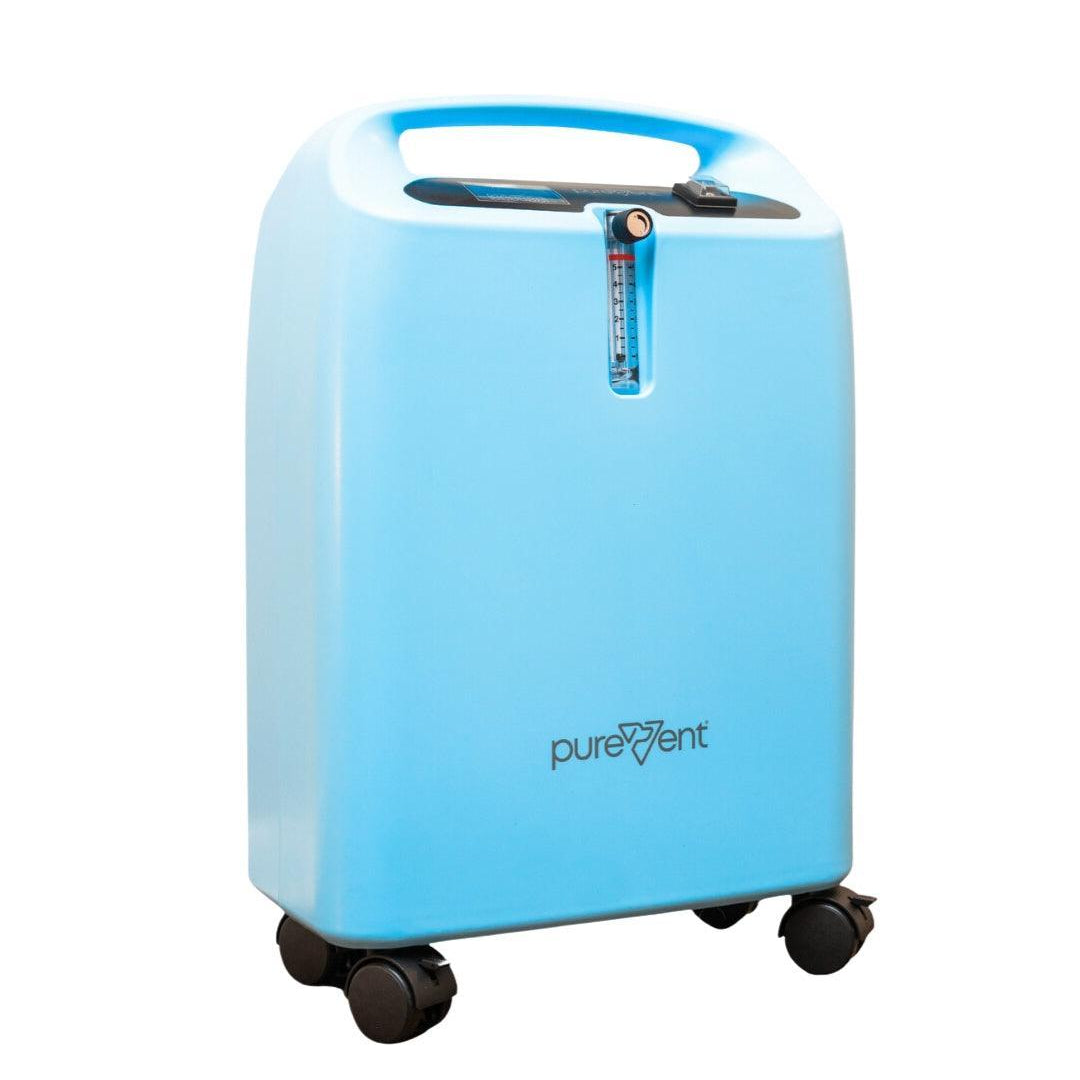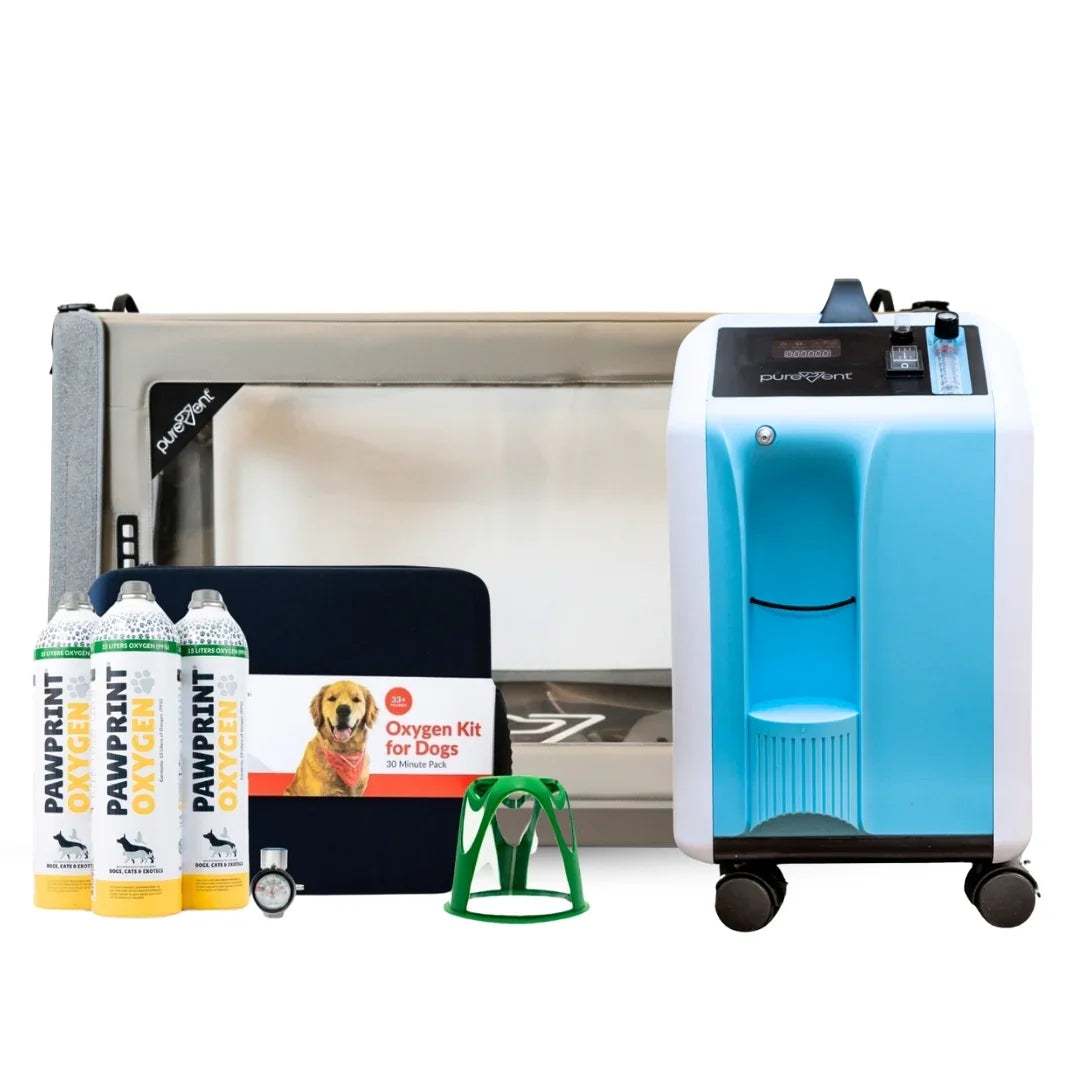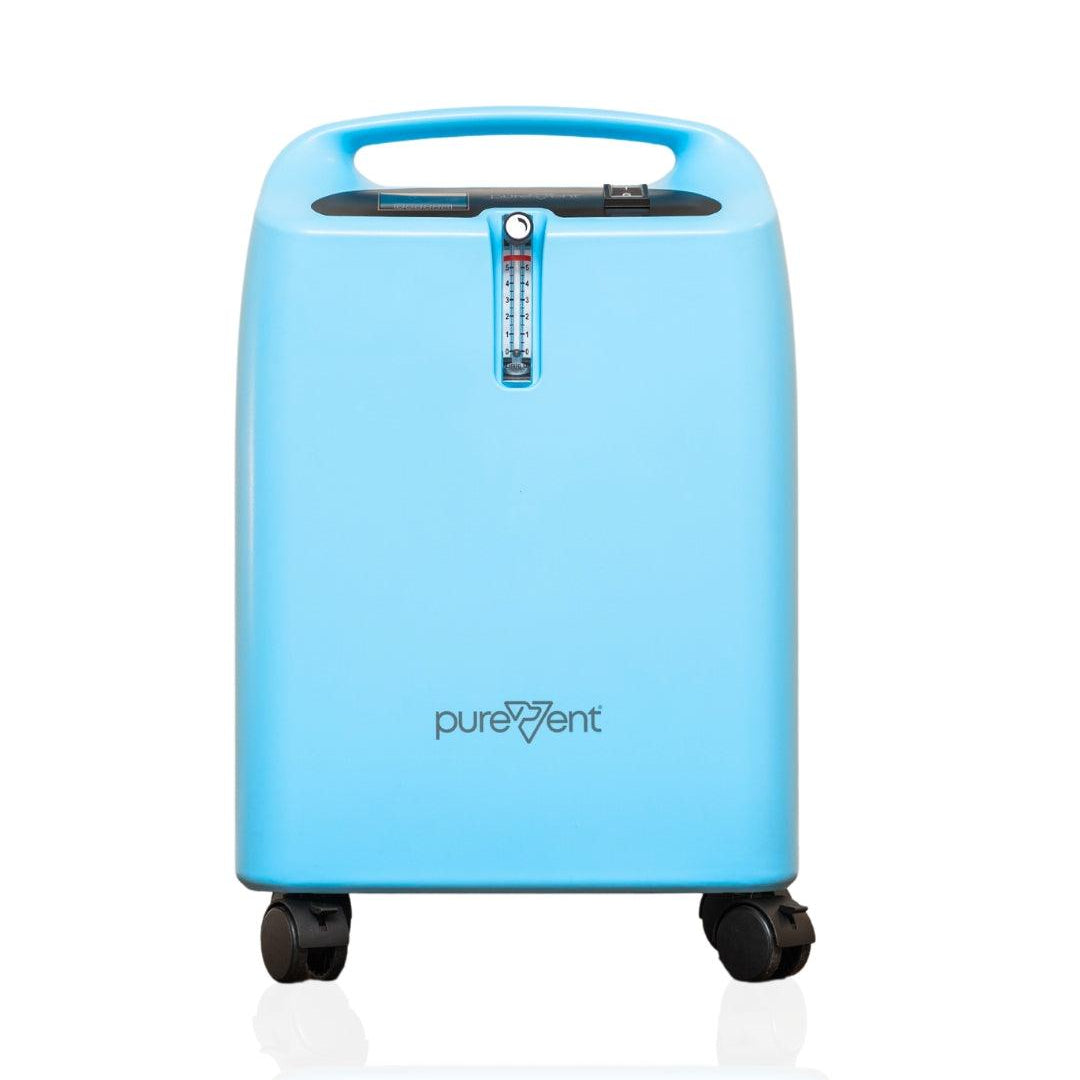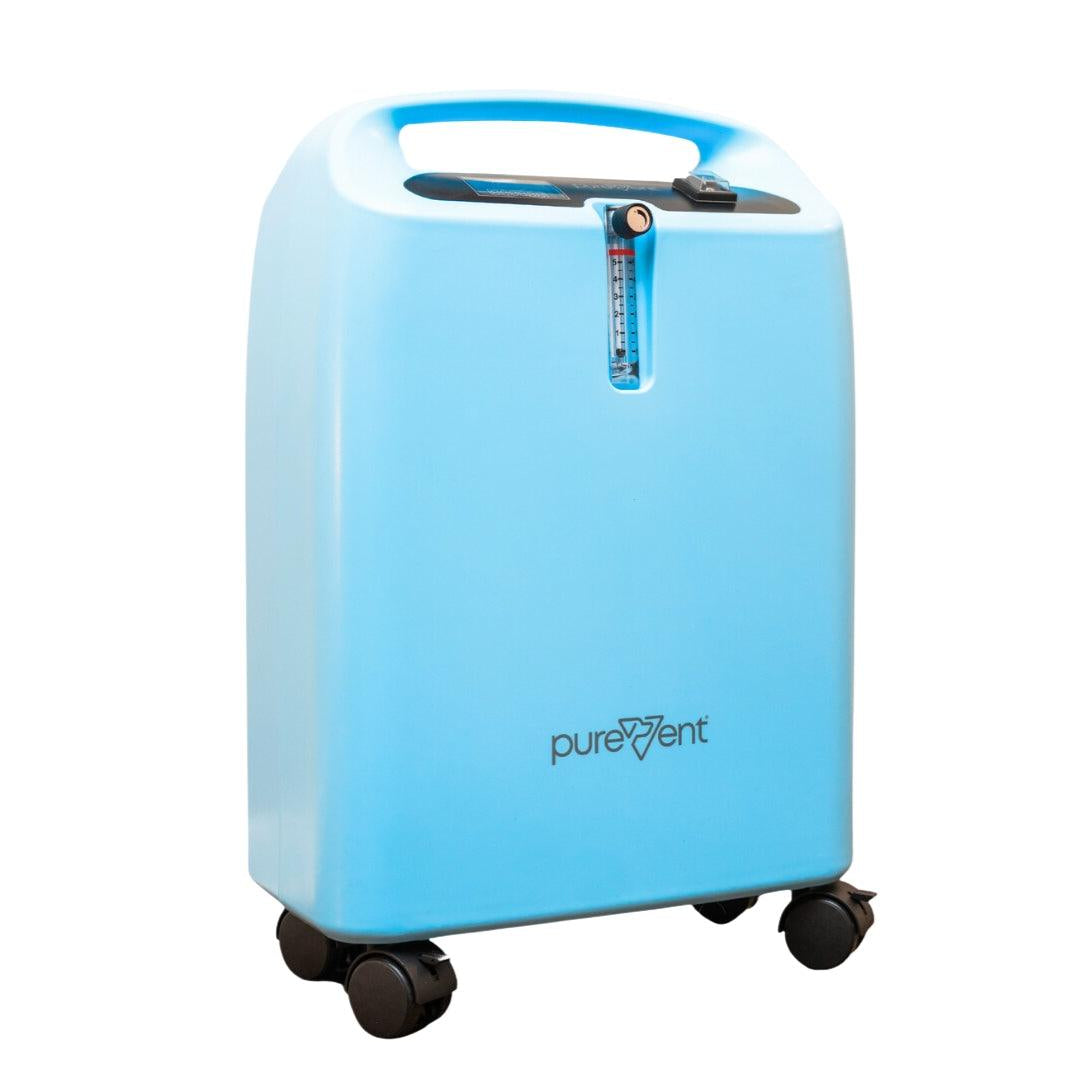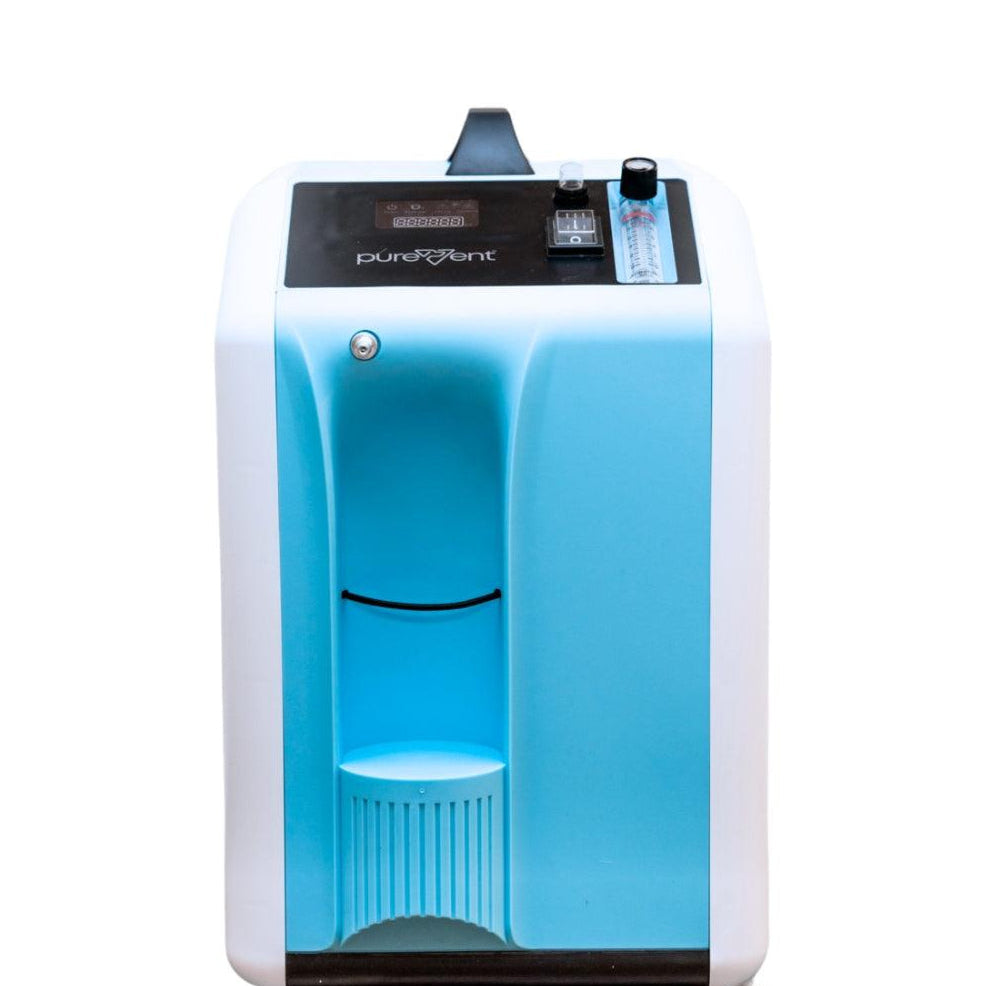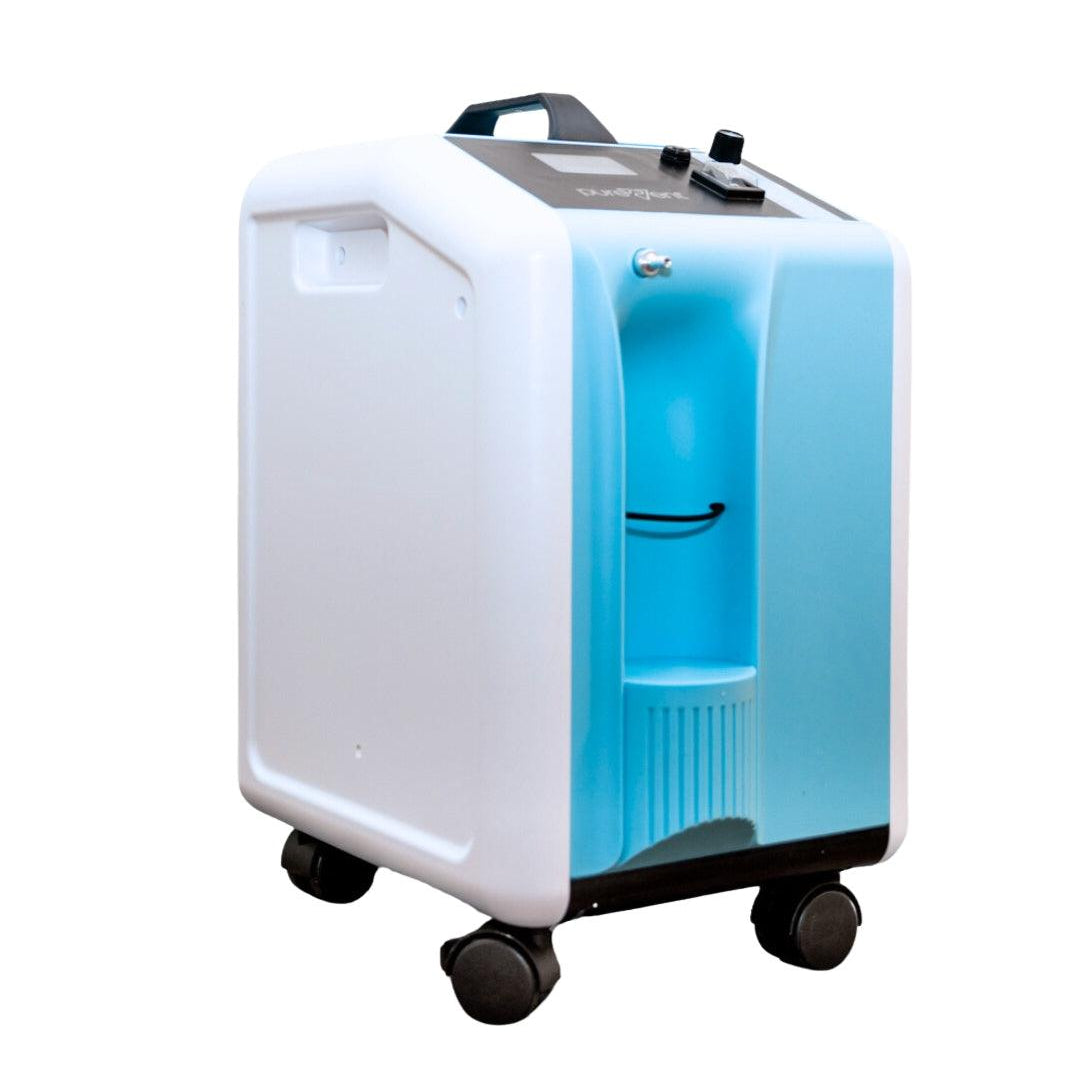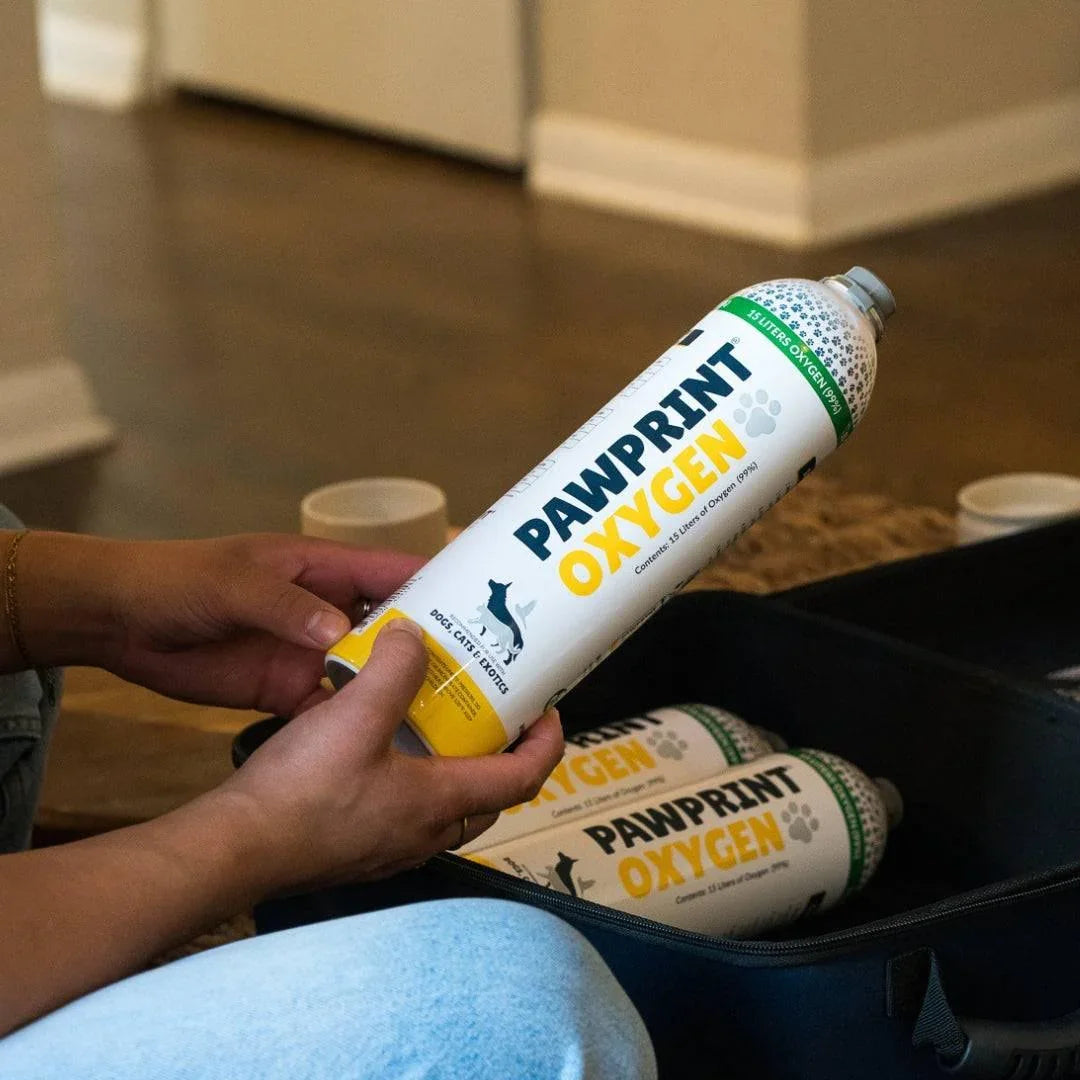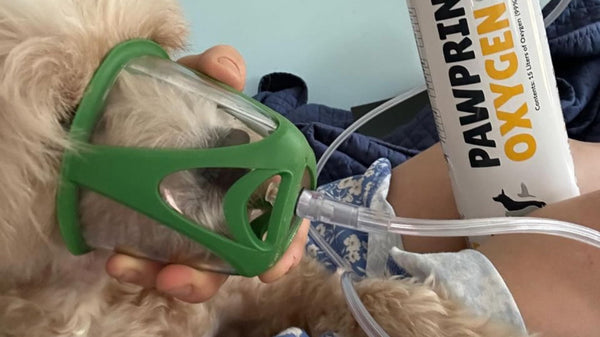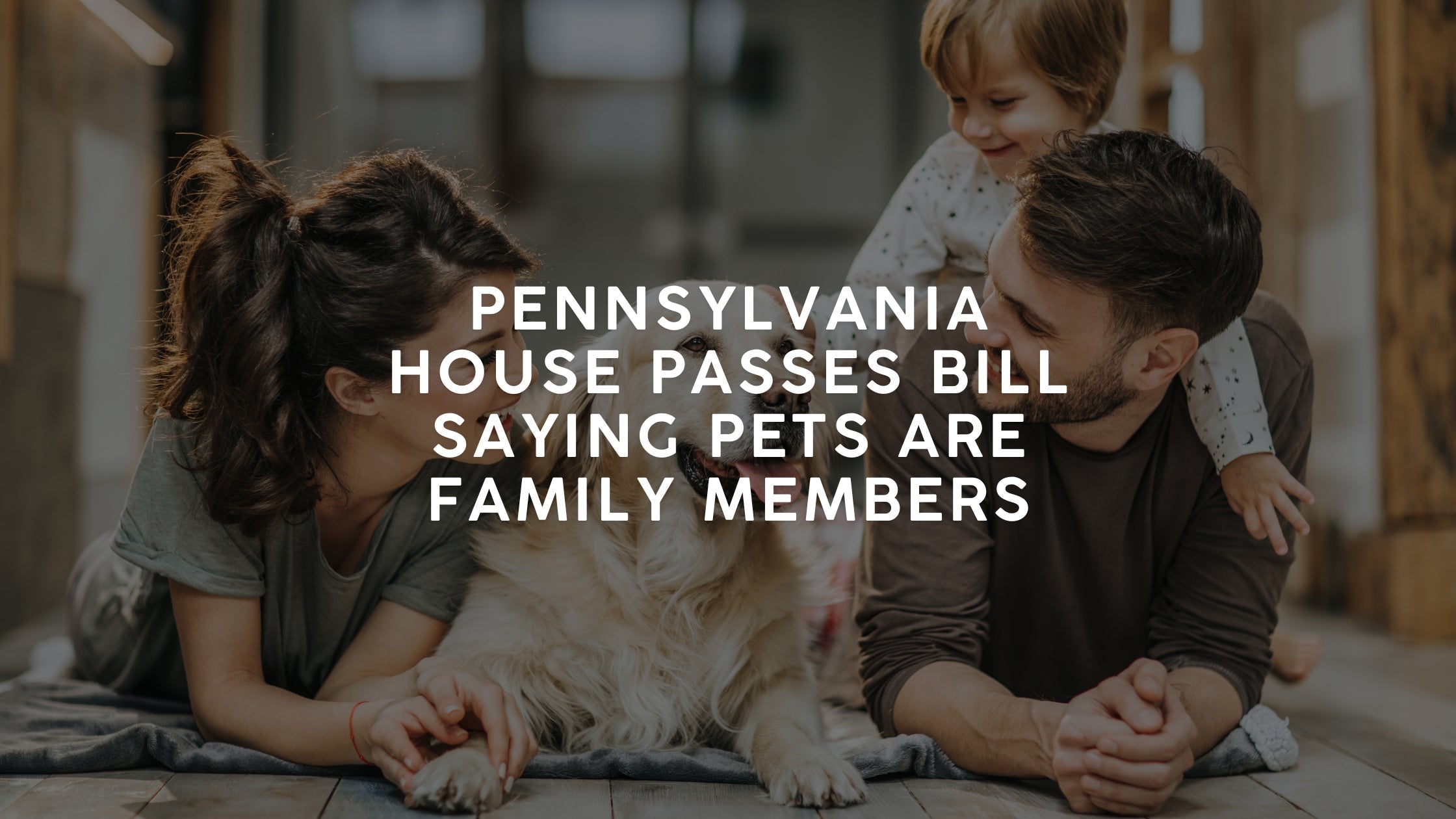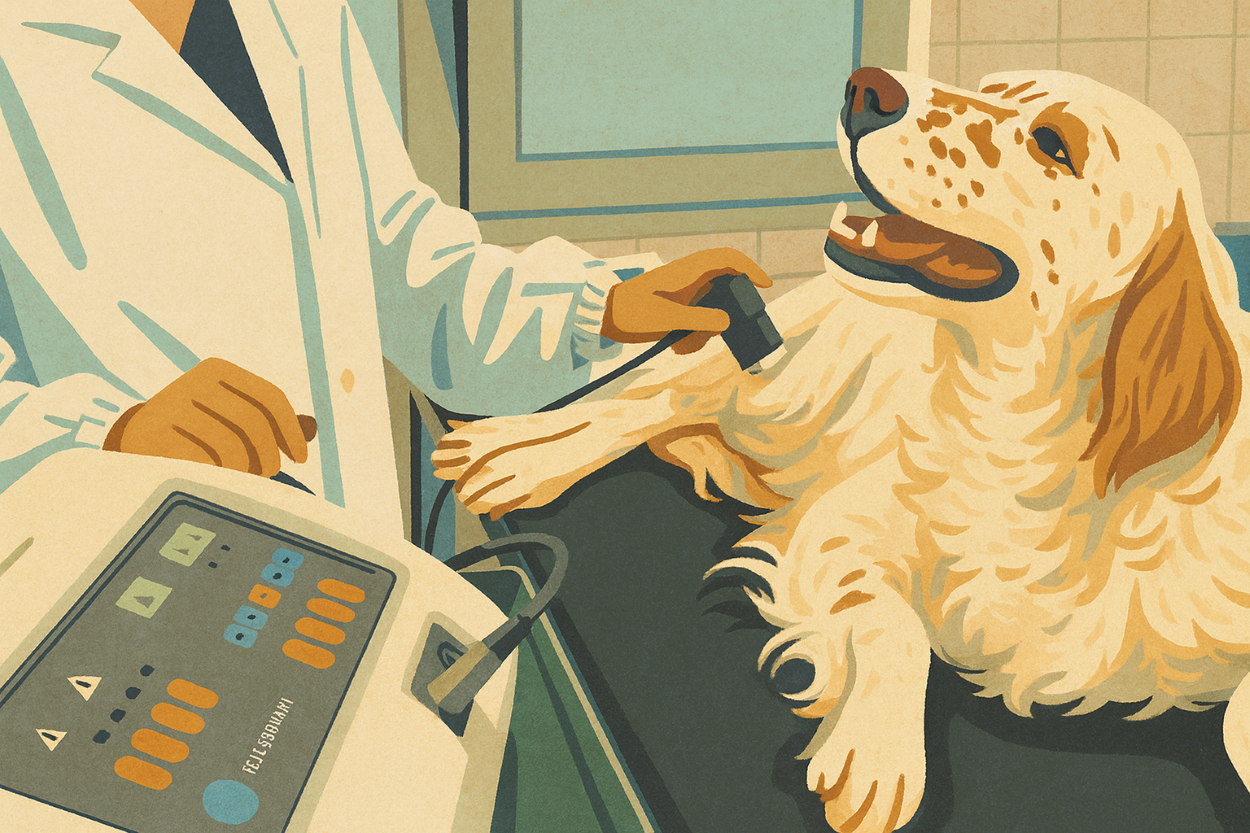It is important to spot respiratory distress early in pets, as conditions like collapsing trachea, congestive heart failure, or asthma can rapidly lead to life-threatening hypoxemia. There are three key warning signs of respiratory distress, noisy breathing (e.g., honking, stridor, stertor in dogs; wheezes in cats), elevated or labored respiratory rate, and cyanosis (bluish gums or tongue), and owners should be familiar with their pet’s normal respiratory behaviors for accurate monitoring.
Table of Contents
Recognizing The Signs of Respiratory Distress Early Is Key
Recognizing signs the signs of your pet's respiratory distress is critical because pets cannot communicate when they are getting worse. This is especially true with medical conditions that lead to hypoxemia (a lack of oxygen in the blood) as this can quickly become a potentially life-threatening emergency.
There are many conditions that can lead to hypoxemia like Collapsing Trachea, CHF, and Feline Asthma - these are all common veterinary conditions that are managed at home, but will likely recur or progress, resulting in hypoxemia and respiratory distress.
3 Signs Of Respiratory Distress In Your Pet To Watch For:
1. Listen For Airway Noises
Pets should not be making a lot of noise while breathing, if they are, this would indicate a level of respiratory distress. A honking noise, stridor (high-pitched continuous squeal usually on inspiration, or breathing in), or stertor (discontinuous low-pitched sounds like clicking or snoring) heard from a dog with collapsing trachea, laryngeal paralysis, or brachycephalic syndrome, may indicate that the pet is having trouble getting air in or out.
Likewise, wheezes heard from a cat may also indicate respiratory distress. It is important to know what normal sounds your pet makes when they are breathing, as these respiratory noises can be the first clue that a pet is starting to decompensate and needs help breathing.
2. Assess Your Pet's Respiratory Rate
After listening for airway sounds, assess the breathing for both rate and effort. This will (if nothing else) provide a starting point for you to monitor your pet's respiratory rate going forward.
3. Check for blue gums or tongue
One should not shove anything into or near the mouth of your pet to avoid getting bit or impeding your pet's breathing; however, if a pet’s tongue or gums have a blue tint, referred to as being “cyanotic,” the pet is indeed hypoxemic and experiencing respiratory distress.
Unfortunately, a pet with pink gums and tongue is not necessarily normal so one has to infer based on the pet’s other signs to determine if they are showing signs of respiratory distress.
Just as, if not more important than the respiratory rate is respiratory effort. Again, to know what is abnormal, one needs to know their pet’s normal respiratory effort including after some activity and excitement.
One looks at the chest, how much the chest moves in and out along with abdominal effort. Pets usually do not recruit their abdominal muscles to help them breathe unless they have just exerted or are trying to cool themselves. Deeply exaggerated chest excursions or shallow frequent breaths (in the absence of panting) are also clues that the pet may be hypoxemic.

What is a normal resting respiratory rate for dogs?
A healthy, resting adult dog typically has a respiratory rate between 10 and 35 breaths per minute. Smaller breeds or puppies may breathe slightly faster. If a dog's respiratory rate exceeds 40 breaths per minute while resting, it may be a cause for concern, and you should consult a vet
What is a normal respiratory rate for cats?
For cats, the normal resting respiratory rate is between 20 and 30 breaths per minute. It's important to check when your cat is calm and resting, as activity can temporarily raise the rate
How do I measure my pet's respiratory rate?
When should I be concerned about my pet's respiratory rate?
What factors can affect a dog's respiratory rate?
Normal rates of respirations in a pet are up to 40 breaths/minute. To assess the rate of respiration, count the number of breaths in 15 seconds, then multiply this value by 4. For example, a cat who takes 8 breaths in 15 seconds has a respiratory rate of 32. The low end of respiratory rate is only relevant if the pet has a disease or condition that can cause slow breathing, and while the cut-off value for slow breathing is technically 20 breaths/minute, it can be as low as 12 breaths/minute in a deep sleeping pet. On the high rate end, panting dogs confound this evaluation even for veterinarians, so knowing your pet and their breathing rate after excitement or activity is imperative.
Normal breathing rate: Most pets breathe up to 40 times per minute.
-
How to check: Count your pet’s breaths for 15 seconds, then multiply that number by 4.
Example: If your cat takes 8 breaths in 15 seconds, their breathing rate is 32 per minute.
-
Slower breathing:
Breathing slower than 20 per minute can be a concern if your pet has certain health problems.
Deep sleep can bring the rate as low as 12 per minute and still be normal.
Faster breathing: Dogs that are panting can make this tricky to measure, even for vets. That’s why it’s important to know what’s normal for your pet after play or excitement.
💡 Pro Tip: Practice counting your pet’s breaths when they’re calm and relaxed. This helps you learn their normal rate, so you’ll spot changes more quickly if something’s wrong.
"Another sign of increased respiratory effort is open-mouth breathing. Cats breathing with their mouth open is always a concerning sign. The same is true for dogs that are not heat-stressed or have just exerted themselves. Additionally, dogs standing with extended necks flared nostrils, and elbows out are working very hard to breathe."
Talk to Your Veterinarian About Pet Respiratory Distress
A pet in respiratory distress is a medical emergency and an action plan that has been pre-determined with a veterinarian should be instituted when signs indicate that the pet’s condition has deteriorated. Speak to your veterinarian today about having Oxygen on hand in case your pet is having a respiratory emergency at home and requires transport to a veterinary practice.
Get your pet to the hospital safely during a respiratory distress event with Pawprint Oxygen's transport kit or administer at home to safe a trip to the veterinarian
Key Takeaways:
1. There are 3 Signs of Respiratory Distress to look for in your pet: Blue gums, airway noises, and increased respiratory rate or labored breathing.
2. Normal rates of respirations in a pet are up to 40 breaths /minute.
3. Speak with your veterinarian to set up a quick action plan if you have a high-risk pet at home.

